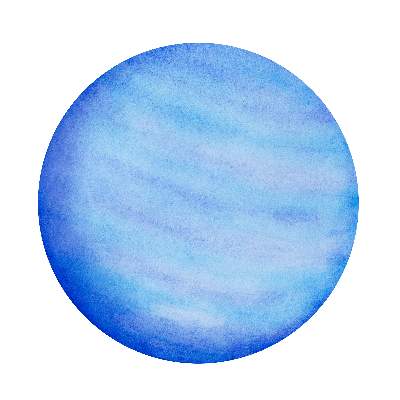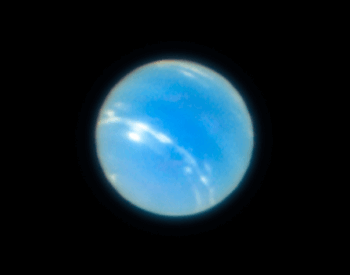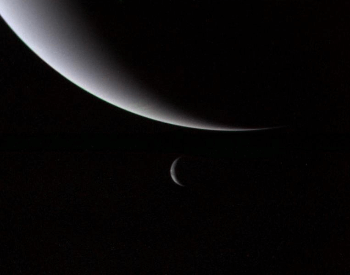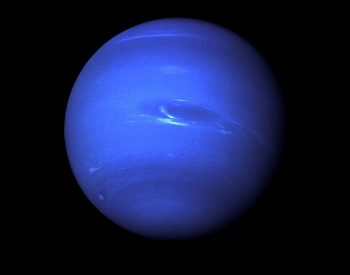
- Planet Name: Neptune
- Type of Planet: Ice Giant
- Solar System Region: Outer Solar System
- Distance from the Sun: 2,765,101,805 miles (perihelion) to 2,827,238,924 miles (aphelion)
- Time to Orbit Around the Sun: About 60,182 Earth days
- Moons (natural satellites): 14
- Total Surface Area: 2,950,100,000 square miles
23 Neptune Facts for Kids
- The planet Neptune formed about 4.5 billion years ago.
- The planet Neptune was discovered on September 24th, 1846, by Urbain Jean-Joseph Le Verrier.
- The planet Neptune is the eighth most distance planet from the Sun.
- Neptune is in the outer part of our Solar System.
- Neptune is an Ice Giant planet.
- Neptune is the fourth largest planet in our Solar System.
- Neptune is 388% the size of Earth.
- The radius of Neptune is 15,299 miles.
- Neptune’s perihelion (closest) distance to the Sun is 2.76 billion miles.
- Neptune’s aphelion (farthest) distance to the Sun is 2.82 billion miles.
- It takes Neptune 60,182 Earth days to complete an orbit around the Sun.
- Neptune has 14 known moons (natural satellites).
- Triton (Neptune I) is the largest moon orbiting the planet Neptune.
- Nereid (Neptune II) has the most eccentric orbit of all the known moons in our Solar System.
- Larissa (Neptune VII) is a moon orbiting Neptune that was discovered by accident in 1981 using ground-based stellar occultation observations. The Voyager 2 flyby in 1989 confirmed it was a natural satellite.
- Proteus (Neptune VIII) is the second largest moon orbiting Neptune.
- Hippocamp (Neptune XIV) is the newest moon discovered to be orbiting Neptune.
- The planet Neptune has five rings.
- Because Neptune is an ice giant, it’s virtually impossible for life to evolve as we know it.
- Neptune has an atmosphere that contains hydrogen (74%), helium (25%) and methane (about 1%).
- In 2006, the demotion of Pluto from a planet to a dwarf planet meant Neptune is now the farthest planet from the Sun.
- When Voyager 2 visited Neptune in 1989, it discovered a massive storm system, called the Great Dark Spot and potentially had winds up to 1,500 miles per hour. When the NASA Hubble Space Telescope viewed Neptune in 1994, the Great Dark Spot has disappeared.
- Neptune was named after the Roman god of sea.
Pictures of the Planet Neptune

A photo of Neptune taken by the ESOs Very Large Telescope (VLT).Credit: ESO

A photo of Neptune and Triton taken by the Voyager 2 spacecraft.Credit: NASA

The first photo of Neptune ever taken by Voyager 2 in August 1989.Credit: NASA
Additional Resources on the Planet Neptune
- Planet Neptune: Facts About Its Orbit, Moons & Rings – Find more facts about Neptune, its moons and rings.
- In Depth | Neptune – NASA Solar System Exploration – Get an in depth view of the planet Neptune.
- Neptune – Wikipedia – Discover more amazing facts about Neptune on the Wikipedia website.
